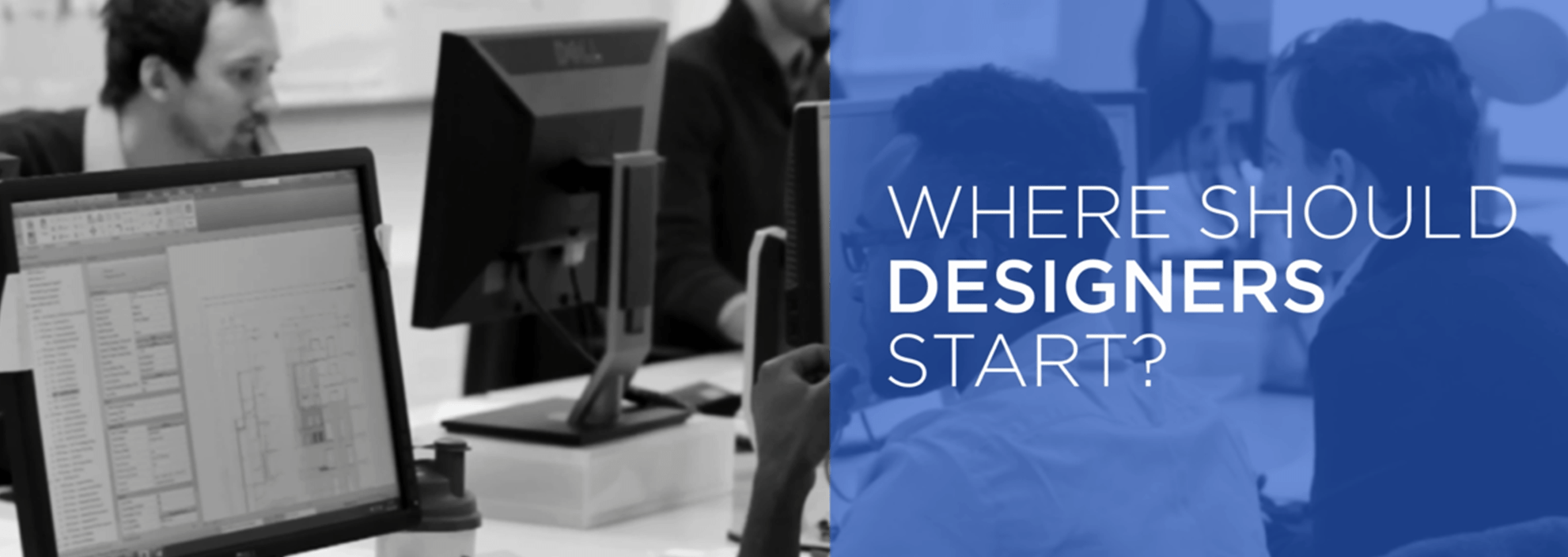Where Do I Start With BIM?
- Youtube Views 51,153 VIDEO VIEWS
It’s easy to feel overwhelmed when adopting building information modelling (BIM). There are some big concepts and complex pieces of terminology to understand
that leave people many asking: “Where do I start?”
In this video The B1M’s Co-Founders Fred Mills and Tom Payne team-up to jointly offer advice on where to begin, depending on your role in the construction industry. This is of course just a starter for 10 and you can learn much more through our YouTube channel and the many guidance documents available online.

Some general tips that we think are applicable to everyone:
1. Have a good understanding of the basic BIM concept and terminology (get started here).
2. Be led by the benefits that it can realistically bring to your organisation.
3. Consider your current approach to information management and ask yourself how that process could be made easier and more efficient through digital techniques.
4. Where short term investments in software or training are required, consider them in the long term view of the efficiencies that BIM can bring you.
5. Start with a pilot project and learn as much as you can.

If you’re procuring a built asset you shouldn’t have to put up with a poorly designed product that doesn’t support your business outcomes. To help avoid this you need to:
1. Let your project team know as much as you can about how your organisation functions and operates. If they know what you are ultimately trying to achieve, they can create a built asset that will support you in getting there.
2. Create a set of ‘Employers Information Requirements’ (EIRs). Set out the information you need from your project team during the design and pricing stages, and at handover to be able to run your building and get the best out of it. Teams working without EIRs in place will struggle to ensure that the right information is issued at the right time to support decision making.
3. Find out more in What are EIRs? then get started with a free template.

1. Consider how you currently generate and share information. Become familiar with linking your non-graphical specifications and schedules to specific graphical components, creating an information model.
2. Consider how you will share that model at different stages with your project team peers, in a shared digital space (the common data environment - CDE).
3. BIM is going to require you to work in 3D and to regularly federate models for better spatial co-ordination. If you haven’t worked in 3D before, it can be very different to a 2D environment. Components need to be created correctly in 3D form for classification.
4. Unfortunately you’re in the category that’s likely to have to make the larger investment in terms of software authoring tools. Stay focused on the long term efficiencies this can bring and establish a business case for your practice. There is some great advice and ROI data in this case study.

BIM forces people to consider and challenge many long-established industry gripes – things like risk transfer, competitive tendering, and the focus on capital costs. So you can expect to be engaged on a more collaborative basis much earlier in the project process, offering your expertise up front.
1. Consider how you currently use information for pricing and construction, and how you exchange this information with others. How can you make that process easier and quicker, to save you time and money?
2. In software terms, you need to be able to open, view, interrogate – and if necessary contribute to – information models in a common data environment (CDE). Many software vendors offer tools that do this, that aren’t as expensive as the native authoring software itself.
3. Main Contractors charged with managing the design process will need to set out systems and protocols in a BIM Execution Plan (BIM EP) and the project deliverables in a Master Information Delivery Plan (MIDP), sharing them with all parties at the outset. You’ll also need to designate an Information Manager to manage the CDE and facilitate the process. This role could be undertaken by the Design Manager or Project Team Lead.

Clearly this depends on the type of consultancy you offer. Here we offer advice for Project Management specialists and Cost Consultants:
1. Project Managers: You will need to become familiar with the requirements of managing the BIM process (including the EIRs, the BIM Execution Plan (BIM EP) and common data environment (CDE) we introduced earlier).
2. Cost Consultants: You will need to understand the process of linking cost data to components within an information model to generate estimates. This process is called 5D BIM and you can learn more in our What is 5D BIM? video.

1. Consider what information people need about your product, when they need it, and how easily they can access it.
2. Depending on the product, it’s useful to get it modelled in 3D and to link in the key data about it. Make it useful without overloading people with unnecessary data.
3. Registering with an online product library and upload your component so that designers can use it. Don’t fear making it freely available to download; the easier it is for your product to be used, the more chance you have of being specified and ordered as the project progresses.
"Be led by the benefits it can realistically bring to your organisation"
For more advice on where to start with BIM check out our free BIM For Beginners programme or our full video library.
This video contains extracts of PAS 1192-2: 2013, © 2013 The British Standards Institution, © 2013 Mervyn Richards OBE and © 2013 Mark Bew MBE.
We welcome you sharing our content to inspire others, but please be nice and play by our rules.
Comments
Next up





